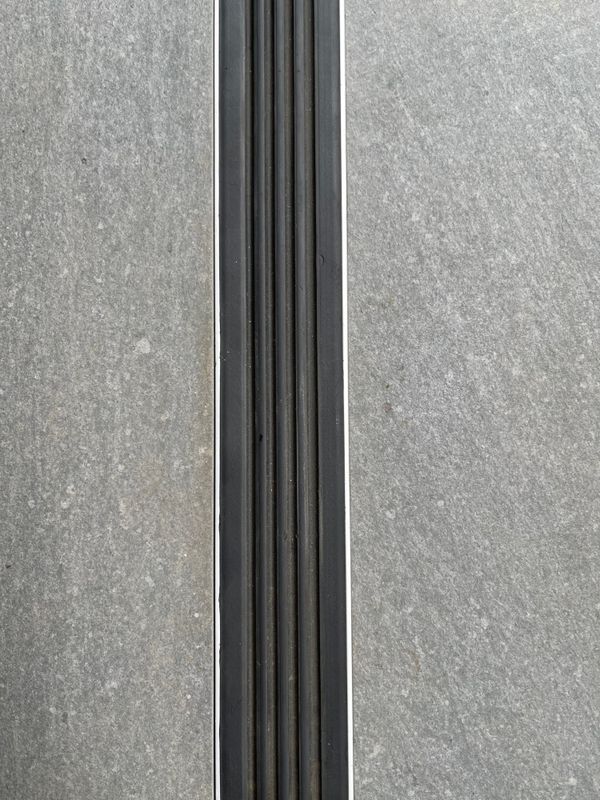Request a Brochure
By requesting a brochure you agree to be added to our Heard Group contact list.
2nd October 2024
Expansion joints, also known as movement joints or permanent movement joints, are essential components in various construction projects. They are designed to absorb the stress caused by temperature-induced expansion and contraction, vibrations, and other movements in building materials. This post delves into what expansion joints are, their purpose, types, and applications.
What is an Expansion Joint?
An expansion joint is a gap or space provided in a structure to allow for the movement of different parts due to temperature changes, moisture, seismic activity, or other factors1. These joints help prevent cracks and structural damage by accommodating the natural movements of building materials.
Their Purpose
Types
Materials Used
Expansion joints can be made from various materials, including:
Heard Group offer a wide range of floor and carpark expansion joints for a number of different floor and carpark applications. Manufactured from structural grade aluminium our floor joint bases are heavy duty, combined with stainless steel center bars our joints will not bow and are built to last. Heard Group offer a range of pleasing cover plates finishes to suit a variety of floor finishes including aluminium, stainless steel, P5 grip rated and brass anodised.
Applications
Expansion joints are used in a wide range of structures, including:
Expansion joints play a vital role in maintaining the integrity and longevity of various structures. By accommodating movements caused by temperature changes, vibrations, and other factors, they help prevent structural damage and ensure safety. Understanding the importance and application of expansion joints is crucial for anyone involved in construction and engineering.
For easy practical advice on the type of joint suitable for your project, don’t hesitate to contact the Heard Group team on 07 5572 0903. We’re here to help!
VARIOUS TYPES OF JOINTS FOR DIFFERENT APPLICATIONS AND FLOOR FINISHES

Heard Group Surface Seal Joint. Designed to keep water from penetrating the gap. Used in commercial kitchens and bathroom amenities.

Heard Group CPSX Expansion Joint, designed for multistorey carparks. CPSX doesn’t require metal cover plates, is pedestrian friendly and 100% watertight.
By requesting a brochure you agree to be added to our Heard Group contact list.